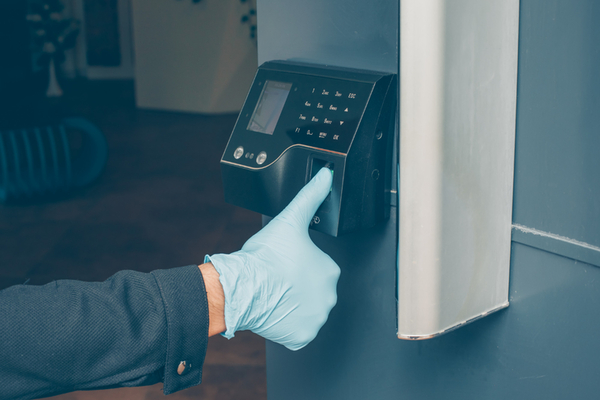- 1-905-452-8193
- Contact Us
- Member Login
- Get Listed Today
- 220,911 members

An intercom system is a communication device that is used to transmit and receive voice or video signals between two or more locations. Intercoms are commonly used in homes and offices as a way to communicate with people in other rooms or to provide security by allowing visitors to be identified before they are granted access to the premises. There are ten different types of aiphone intercoms available on the market, each with its own unique features and benefits.
1. Wired Intercom Systems
Wired intercom systems are the most basic type of intercom system. They consist of two or more units that are connected to each other by a physical wire. Wired intercom systems are typically less expensive than their wireless counterparts, but they can be more difficult to install and are not as flexible in terms of where they can be placed.
2. Wireless Intercom Systems
Wireless intercom systems use radio frequencies to transmit and receive signals between units. These systems offer a more flexible installation process and can be placed virtually anywhere in a home or office. However, wireless intercom systems are typically more expensive than wired systems and may require batteries or an electrical outlet for power.
3. Video Intercom Systems
Video intercom systems add a visual component to the traditional intercom experience. These systems typically include a camera that allows users to see who is at the other end of the transmission. Video intercoms can be used for security purposes or simply to provide a more personal way to communicate with family and friends.
4. VoIP Intercom Systems
VoIP intercom systems use internet protocol (IP) to transmit voice and video signals. These systems offer a number of advantages over traditional intercoms, including lower costs, flexibility in terms of where they can be placed, and the ability to connect multiple units together. However, VoIP intercoms require a high-speed internet connection and may not be compatible with all types of devices.
5. Cellular Intercom Systems
Cellular intercom systems use cellular networks to transmit and receive signals. These systems are similar to VoIP intercoms in that they offer a number of advantages, including lower costs, flexibility, and the ability to connect multiple units together. However, cellular intercoms require a monthly service plan and may not be available in all areas.
6. Satellite Intercom Systems
Satellite intercom systems use satellites to transmit and receive signals. These systems are typically more expensive than other types of intercoms, but they offer the advantage of being able to communicate with people in remote locations. Satellite intercoms also tend to be more reliable than other types of intercoms, as they are not affected by power outages or other disruptions.
7. Smartphone Intercom Systems
Smartphone intercom systems use apps to allow users to communicate with each other using their smartphones. These apps typically offer a number of features, including the ability to make calls, send messages, and share photos and videos. Smartphone intercom systems are typically less expensive than other types of intercoms and can be used with any type of smartphone.
8. Walkie-Talkie Intercom Systems
Walkie-talkie intercom systems use two-way radios to transmit and receive signals. These systems are typically used by businesses or organizations that need to communicate with people in different locations. Walkie-talkies offer the advantage of being relatively inexpensive and easy to use, but they have a limited range and can be affected by interference from other radios.
9. Public Address (PA) Intercom Systems
Public address (PA) intercom systems are typically used in schools, office buildings, or other large facilities. PA intercoms allow announcements to be made over a loudspeaker system, making them ideal for broadcasting messages to a large number of people at once. PA intercoms can also be used for two-way communication, but they typically have a limited range.
10. Intercom Accessories
Intercom accessories include a variety of devices that can be used to enhance the intercom experience. These accessories can be used to add additional units to an existing system, extend the range of a system, or provide additional features such as caller ID or call forwarding. Intercom accessories are typically specific to the type of intercom system being used and are not compatible with other types of intercoms.
If you are looking for an intercom system for your home or office, there are many different options available to suit your needs. Consider the features and benefits of each type of system before making a decision to ensure that you choose the best intercom system for your specific needs.
